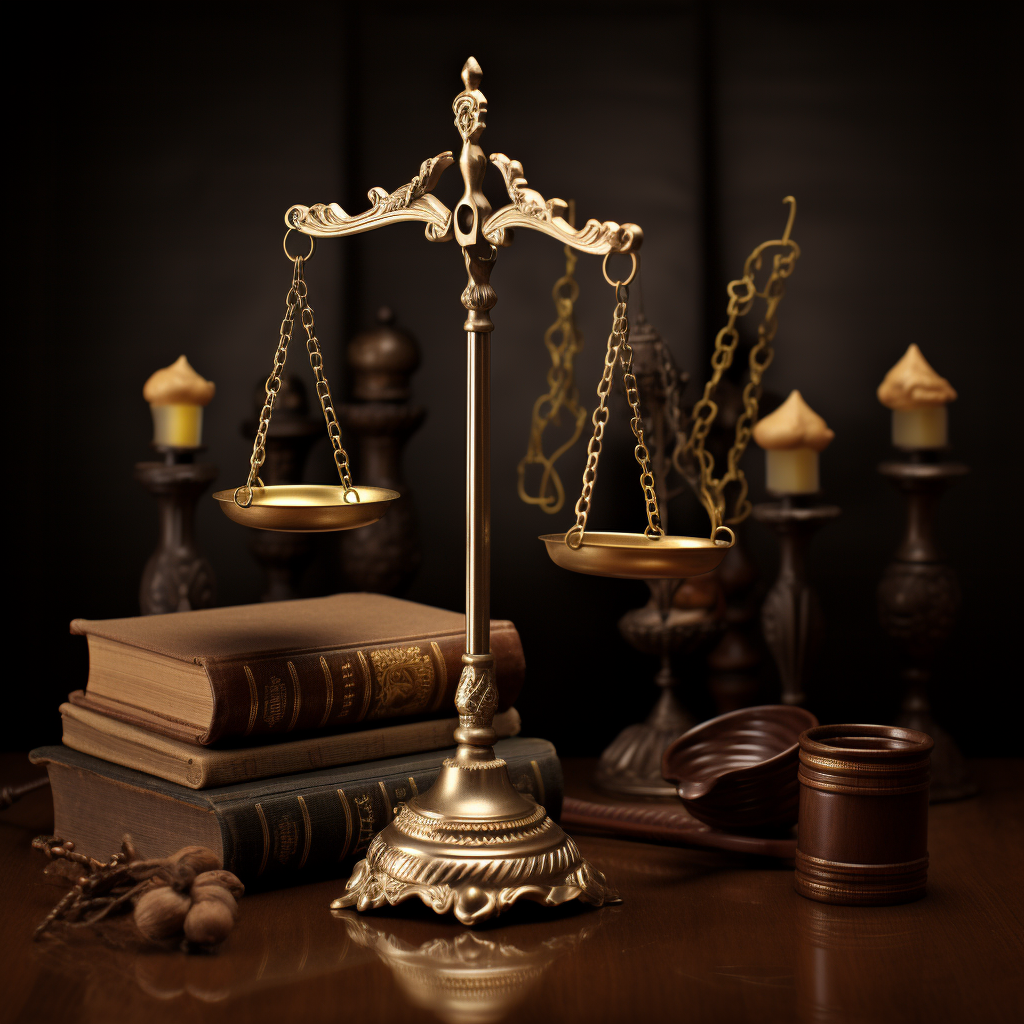Slip and fall insurance, a crucial aspect of commercial liability coverage, is designed to safeguard businesses against claims arising from accidents within their premises. When considering what is slip and fall insurance, it is important to recognize that this insurance typically forms part of a broader business owner‘s policy, encompassing various types of liability protection. One of the key functions of slip and fall insurance is to cover the legal costs and potential settlements that may result if a customer or visitor is injured due to a slip, trip, or fall on the business property.
For businesses, the risk of such accidents is ever-present, with wet floors, uneven surfaces, and accidental obstructions being common culprits. The financial repercussions of these incidents can be substantial, making adequate insurance coverage a necessity rather than a luxury. Slip and fall insurance not only assists with the expenses related to medical bills and rehabilitation for the injured party but also helps in mitigating the potential loss of reputation and customer trust a business might face after an accident.
It is imperative for business owners to understand the specifics of their coverage, including deductibles, policy limits, and exclusions. These details determine the extent of protection and can significantly impact the business’s resilience in the face of such liability claims. Businesses should work with experienced legal counsel to ensure their coverage meets the unique needs of their operations.
If you’re seeking guidance on protecting your business with the right slip and fall insurance or have questions regarding a claim, contact us now by phone, form, or email. Our team at Peterson Law Offices is ready to provide the legal support you need.
The Importance of Slip and Fall Insurance for Businesses

The significance of slip and fall insurance extends beyond mere compliance with legal requirements; it serves as a critical risk management tool for businesses of all sizes. In the event of an accident, a business without proper coverage can face devastating financial consequences. Insurance against slip and fall incidents is not just about covering the costs of a lawsuit; it’s fundamentally about protecting the business’s financial stability and future.
Every year, slip and fall accidents account for a considerable number of injuries, leading to a myriad of claims that can challenge a company’s operational continuity. These types of accidents are among the most common reasons for personal injury lawsuits against businesses, with the potential for substantial payouts that can severely impact a company’s bottom line.
Moreover, the presence of slip and fall insurance can be seen as an indicator of a business’s commitment to customer safety and well-being. This commitment can enhance the company’s reputation and foster a sense of trust among its clientele. Proactive measures, such as regular maintenance and prompt attention to potential hazards, are vital, but insurance provides an additional layer of security, ensuring that a business can withstand the financial implications of unforeseen accidents.
In a litigious environment, the absence of adequate insurance coverage can be a glaring vulnerability for businesses, exposing them to risks that could otherwise be mitigated. It is, therefore, incumbent upon business owners to recognize the importance of slip and fall insurance as an integral component of their overall business strategy.
Types of Coverage in Slip and Fall Insurance Policies

Slip and fall insurance policies are designed to offer a range of coverages to safeguard businesses against various liabilities and financial losses. Understanding the types of coverage available is essential for business owners to ensure that they are adequately protected against potential claims.
- General Liability Coverage: This is the foundation of most slip and fall insurance policies. It typically covers legal fees, medical expenses, and settlements for injuries sustained by non-employees on the business premises.
- Medical Payments Coverage: This coverage can provide for the medical expenses of a person injured on your property, regardless of fault. It’s a goodwill feature that can prevent larger claims by addressing smaller injuries promptly.
- Legal Defense Costs: Should a slip and fall claim proceed to court, this coverage helps with the associated legal defense costs, which can be substantial.
- Property Damage: If a slip and fall incident results in damage to a customer’s property, this aspect of the policy may cover the costs of repair or replacement.
It’s important to note that while these coverages form the core of most slip and fall insurance policies, the specifics can vary widely among different insurance providers and policy options. Business owners should closely review potential policies to ensure that the coverage limits are sufficient to meet their needs and that any exclusions are understood.
Additionally, some policies may offer optional extras, such as coverage for employee injuries or business interruption, which can be added to provide a more comprehensive safety net. Choosing the right combination of coverages is a crucial step in creating a tailored insurance plan that aligns with a business’s unique risk profile and financial considerations.
Determining the Cost of Slip and Fall Insurance

The cost of slip and fall insurance is influenced by several factors that insurers take into account when determining premiums. Businesses seeking to obtain or renew a policy should be mindful of these variables to anticipate their insurance expenses.
- Business Location: Areas with higher foot traffic or jurisdictions with a history of larger settlements may face higher premiums due to increased risk.
- Industry Type: The nature of the business plays a significant role. Industries deemed higher risk, such as construction or hospitality, might incur higher insurance costs.
- Claims History: Businesses with a history of frequent claims may be considered higher risk and thus can expect higher premiums.
- Policy Limits: The amount of coverage purchased will directly impact the cost. Higher policy limits provide greater protection but come at a higher price.
- Deductibles: Opting for a higher deductible can lower the premium cost but means the business will pay more out-of-pocket in the event of a claim.
Additionally, the overall safety and maintenance of the premises can affect premiums. Implementing safety measures and regular maintenance can reduce the likelihood of accidents and, consequently, may lower insurance costs. Insurers may also consider the length of time a business has been operating and its financial stability when setting premiums.
Business owners should work with insurance professionals to assess their specific needs and risk factors. This collaboration can help in selecting appropriate coverage options and taking steps to manage risks, ultimately leading to more favorable insurance terms and premiums.
How to File a Slip and Fall Insurance Claim

Filing a slip and fall insurance claim involves a series of steps to ensure proper documentation and notification to the insurance company. It is crucial for businesses to act promptly and follow the correct procedures to facilitate a smooth claims process.
- Immediate Response: As soon as an incident occurs, it is essential to provide aid to the injured party and secure the area to prevent further accidents.
- Notification: Inform the insurance provider about the incident without delay. Most policies have specific timeframes within which an incident must be reported.
- Documentation: Collect detailed information about the incident, including photos of the site, witness statements, and a written report of what occurred.
- Professional Assessment: Depending on the severity, it might be necessary to have the incident evaluated by professionals to determine the extent of injuries or property damage.
- Claim Submission: Submit the claim along with all necessary documentation as required by the insurance company. Be thorough and provide as much detail as possible.
Throughout the claims process, it is imperative to maintain open communication with the insurance adjuster and respond to any additional information requests promptly. Keeping an organized record of all correspondence and documentation can aid in resolving the claim efficiently. Businesses should also be aware of their policy details, such as coverage limits and deductibles, as these will affect the claim’s outcome.
While the claims process can be complex, understanding how to file a slip and fall insurance claim is crucial for businesses to effectively manage potential liabilities and financial setbacks arising from accidents on their premises.
Preventing Slip and Fall Accidents: Tips for Policyholders
Contact us now by phone, form, or email to learn more about how to prevent slip and fall accidents and ensure you have the right coverage in place. Policyholders can take proactive measures to minimize the risk of slip and fall incidents on their premises, which can lead to costly insurance claims and affect their business operations.
- Routine Maintenance: Regularly inspect the property for potential hazards and perform necessary repairs or adjustments to flooring, lighting, and staircases.
- Good Housekeeping: Establish cleaning protocols to address spills and debris promptly and effectively. Ensuring walkways are clear and dry is essential for safety.
- Warning Signs: Use appropriate signage to alert visitors and employees to potential slip and fall risks, especially in areas that are prone to wetness or have just been cleaned.
- Proper Flooring Materials: Invest in slip-resistant flooring or mats in high-traffic areas to reduce the likelihood of falls.
- Employee Training: Educate staff on safety practices and the importance of reporting and addressing hazards immediately.
Implementing these tips not only helps in preventing slip and fall accidents but also demonstrates a policyholder’s commitment to safety, which can be beneficial in the event of a claim. Maintaining a safe environment is a key aspect of managing risk and protecting both patrons and the longevity of the business.
For personalized advice and assistance with your slip and fall insurance needs, Contact us now at Peterson Law Offices. We are committed to helping you navigate the complexities of insurance and liability to safeguard your business.

